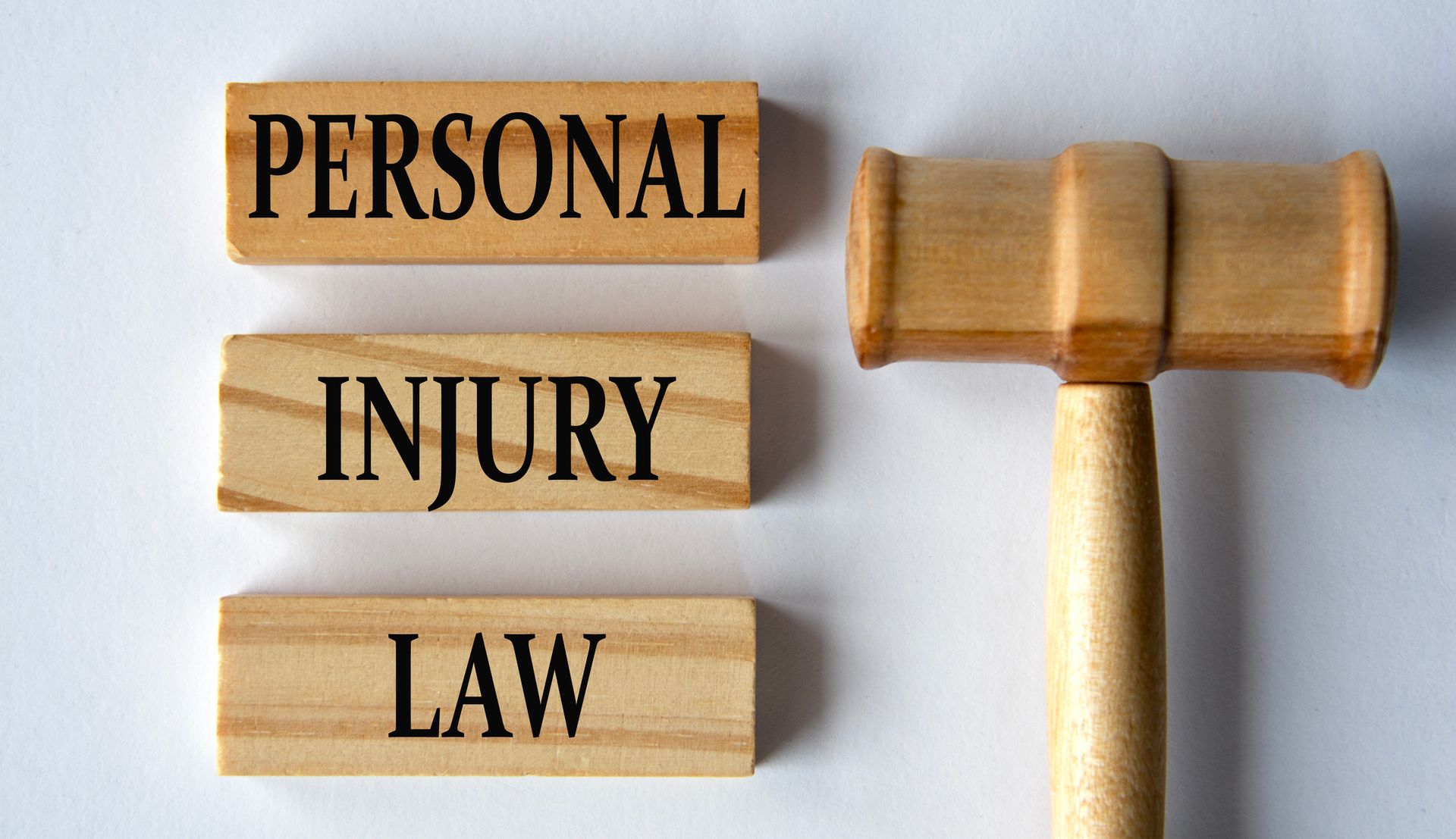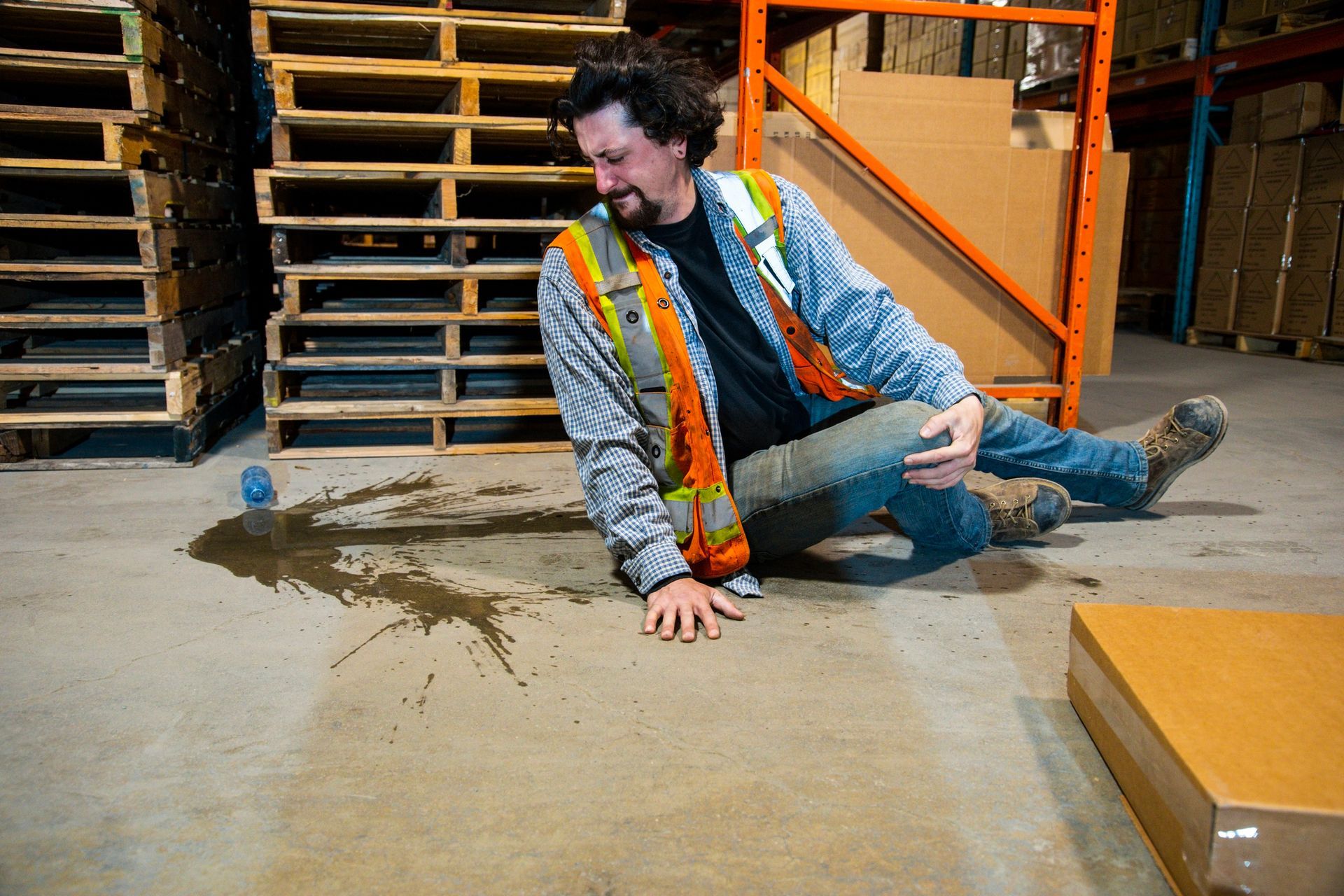Flood-Related Accidents
Urban Flooding Presents New Challenges
FLOOD-RELATED ACCIDENTS
Flooding is one of top causes of road related accidents. According to the National Highway Traffic Administration of the United States, 127 people die each year through flooding. Apart from that, many others suffer severe injuries and property damage due to flooding. Flooding is normally caused by severe rains and thunderstorms during the rainy season. Flash flooding during these times is particularly dangerous because it can occur without warning while you are on the roadway, making your commute suddenly dangerous.
People are often swept away after entering floodwaters on foot or in vehicles. These floods can also result in significant property damage and major social disruption. They are a serious problem in urban areas where drainage systems are often unable to cope.
URBAN FLOODING
Urban development in our towns and cities introduces hard surfaces such as roofs, roads, driveways and paths which stop rain from soaking into the ground. This means more water runs off than would naturally occur. Although gutters, pipes and drains have been built to direct the water where we want it to go, the biggest storms have more water than pipes or gutters can carry. The extra water runs across the ground as overland flow, leading to greater runoff being generated, which can make rivers out of roadways, lakes out of car parks and deep pools out of underpasses.
WAYS TO STAY SAFE WHEN CAUGHT IN FLASH FLOODS
The heavy rain that causes flash flooding can affect the way your car handles: roads become more slippery as oil and other contaminants come to the surface, it can be harder to see ahead and your brakes become less effective. If you’re caught in a torrential downpour, pull over if it’s safe and sit out the rain. If this isn’t possible, change the way you drive to suit the conditions: slow down, take it easy and turn on your headlights so you can be seen. Vehicles can quickly become unstable in moving water – just 30 cm of water moving at only 10 kph is enough to float the average family car. And water covering the road can cause your car to ‘aquaplane’ – lose traction on the road and slide out of control.
When you come across standing or pooled water, assess its depth. If it is above the lowest point on your wheel rim, it’s too high to drive through. If it is less deep, slow right down and drive through smoothly and steadily. Once you are through, gently touch your brakes lightly a couple of times to dry out the brake pads. Avoid driving on bridges over fast-moving water; floodwater can wash out a bridge with little or no warning. If water is moving quickly under a bridge, avoid driving over the bridge.
SLIP AND TRIP HAZARDS DURING FLOODS
There can be significant risks from slip and trip hazards beneath the water, as well as the risk of diseases and other contaminants which can be in the water in both urban and rural environments. People who are evacuating or who are fleeing a dangerous situation cannot always see the ground beneath them due to the rushing water. In addition, surfaces become slick with water and/or other substances that have escaped (oil or gas from pipelines that have been impacted). If you are evacuating an area that is flooding, wear flat, rubber-soled boots or shoes. If you live in a flood-prone area, keep a pair of sturdy boots or shoes in your vehicle, along with a travel bag of necessary supplies and clothes.
Another hazard of flash flooding is injury from fast-moving debris in the water. Flood water and its debris contain all sorts of bacteria, which can cause serious infections once a pathway is opened—such as a cut on the skin. Flood waters may contain sharp objects, such as glass or metal fragments, that can cause injury and lead to infection. Water can also hide trip or slip hazards, such as rocks, steps, tree roots, grass, mud or other debris. If water is fast moving, these hazards can lead to serious puncture wounds, bone breaks, or head trauma. If you can’t avoid walking in flood waters, make sure you:
- wear sturdy shoes (not thongs or open sandals)
- cover any existing open wounds
- immediately clean any new cuts or scratches with soap and water
- try to make sure you only walk where you can see the surface beneath the water and where there is a hard surface underneath, such as concrete, but not grass.
LIABILITY FOR FLOOD-RELATED DAMAGES
While some accidents and injuries can be attributed to “acts of God”—things for which no fault can be assigned—other damages might in fact be caused by negligence. Courts have often held governments liable for increasing flood or erosion hazards on adjacent lands by grading or filling land or by constructing structural hazard reduction measures such as dikes, dams, and levees. Although often intended to reduce flood losses, structural measures increase flood losses in some circumstances, particularly when design frequencies are exceeded or measures are inadequately designed, constructed, operated, or maintained. When injuries occur, private landowners and other members of the public increasingly sue governments for economic flood damages and in some instances pain, and suffering. Many successful suits have targeted “ministerial” government actions during the construction or administration phases of structural projects such as failure to maintain ditches and storm water facilities. Courts have held governments liable in small number of cases for nonstructural loss reduction measures such as inadequate flood warnings, inadequate dissemination of flood information, and other nonstructural flood loss reduction measures.
To recover for flood-related property damage and/or personal injury, contact Dave Thomas at The Thomas Law Firm for a free evaluation of your legal claim.








